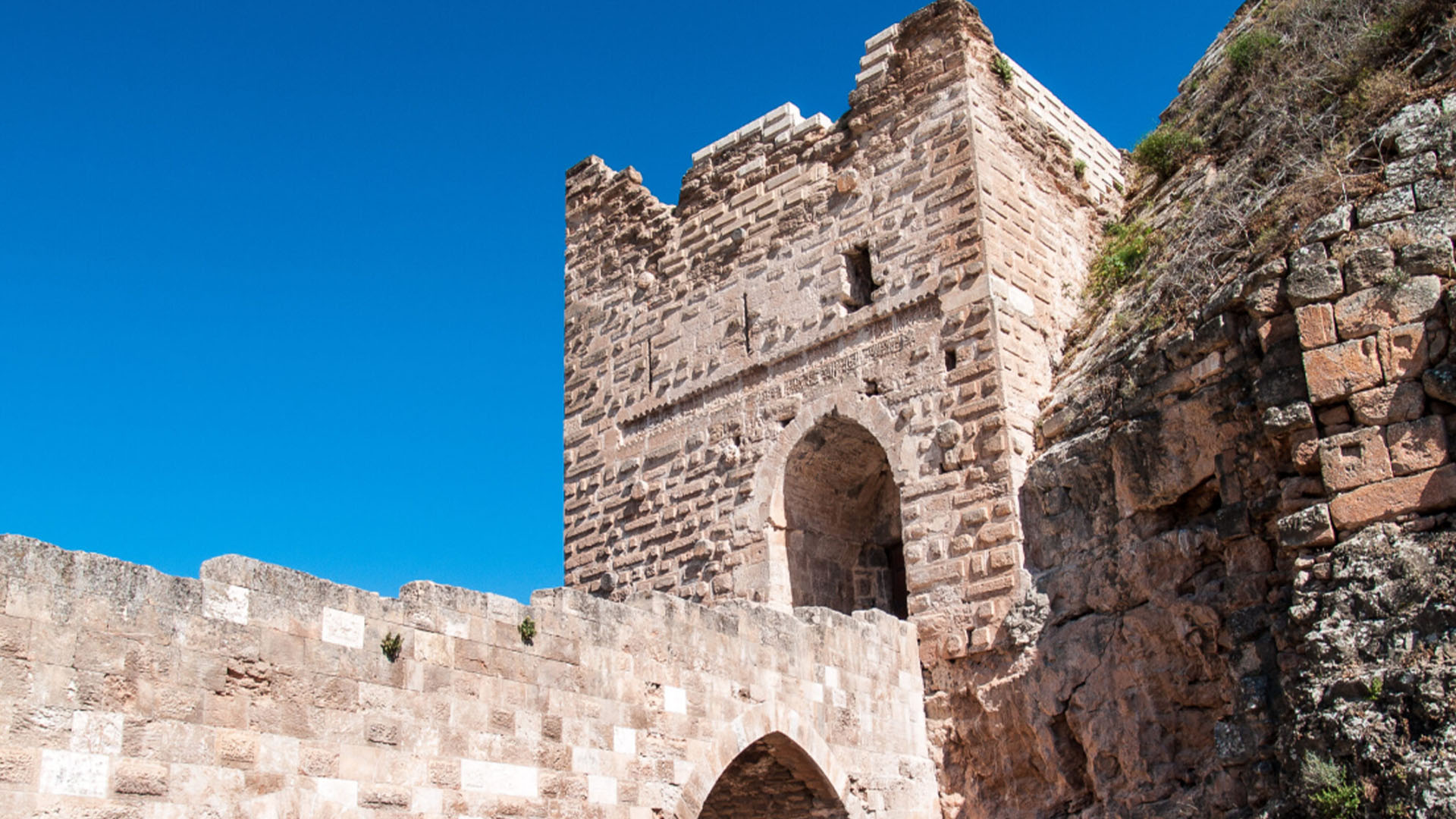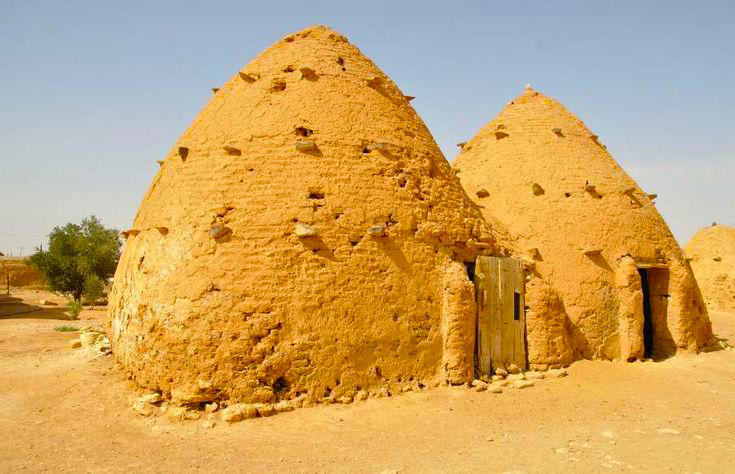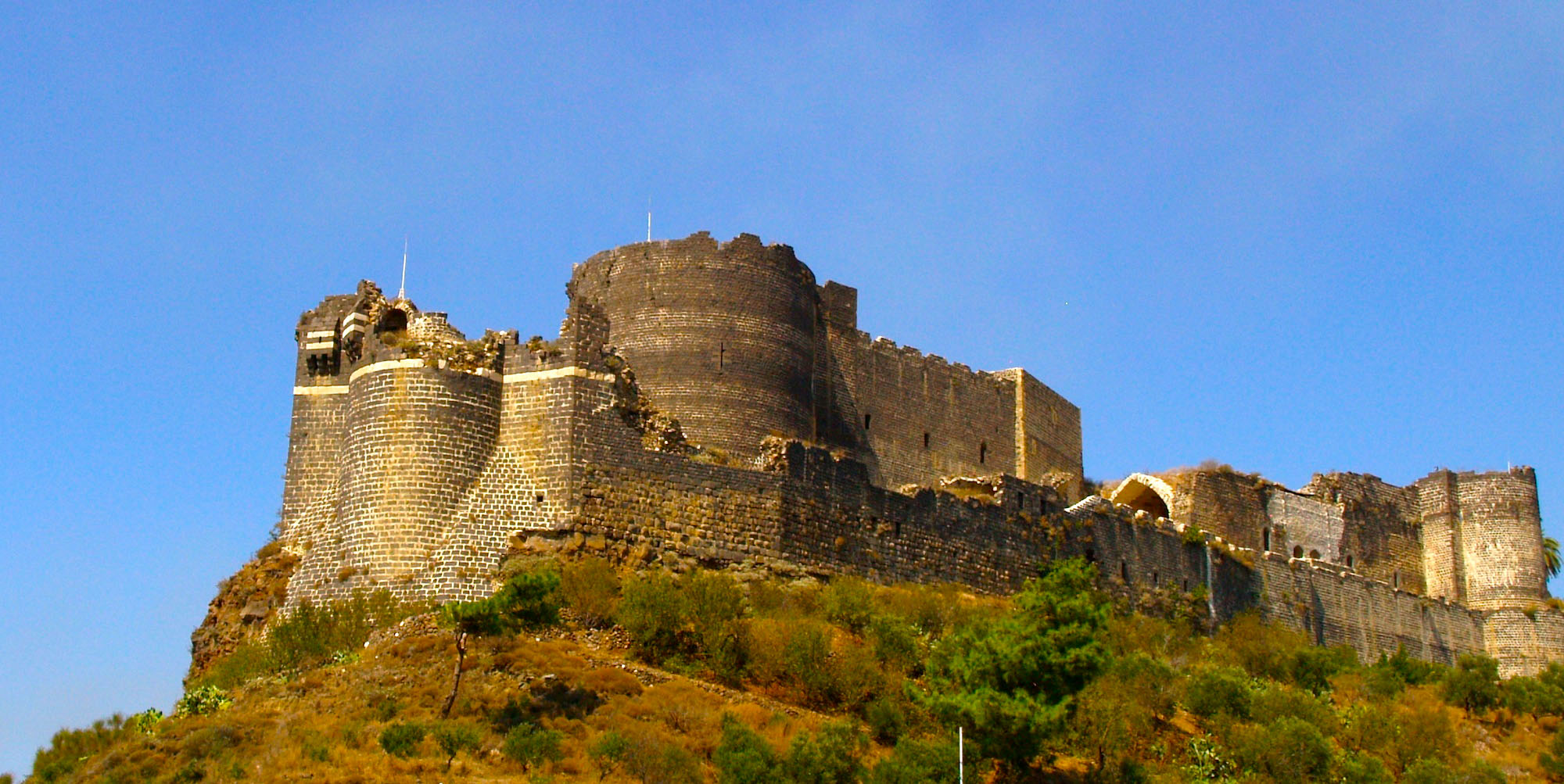Al-Marqab Castle (قلعة المرقب) Crusader Stronghold of the Syrian Coast: perched on a volcanic hill overlooking the Mediterranean near Baniyas, is one of the most imposing medieval fortresses in Syria. Built from dark basalt stone and positioned strategically above the coastline, Al-Marqab Castle once served as a critical Crusader stronghold guarding maritime routes and inland valleys. Its commanding views, powerful defensive design, and dramatic silhouette make it a must-visit landmark for anyone exploring Syria’s coastal region.
| Name | Al-Marqab Castle |
|---|---|
| Location | Near Baniyas, Tartus Governorate, western Syria |
| Built | Originally by Byzantines, expanded by Crusaders (~1062 CE) |
| Material | Black basalt stones |
| Elevation | Approx. 360 meters above sea level |
| Type | Crusader fortress |
| Opening Hours | Typically 9 AM – 5 PM |
| Best Time to Visit | Spring or autumn for pleasant weather |
| Nearby Cities | Baniyas (~6 km), Tartus (~30 km) |
| Accessibility | Reachable by car from Tartus or Baniyas |
Why Visit
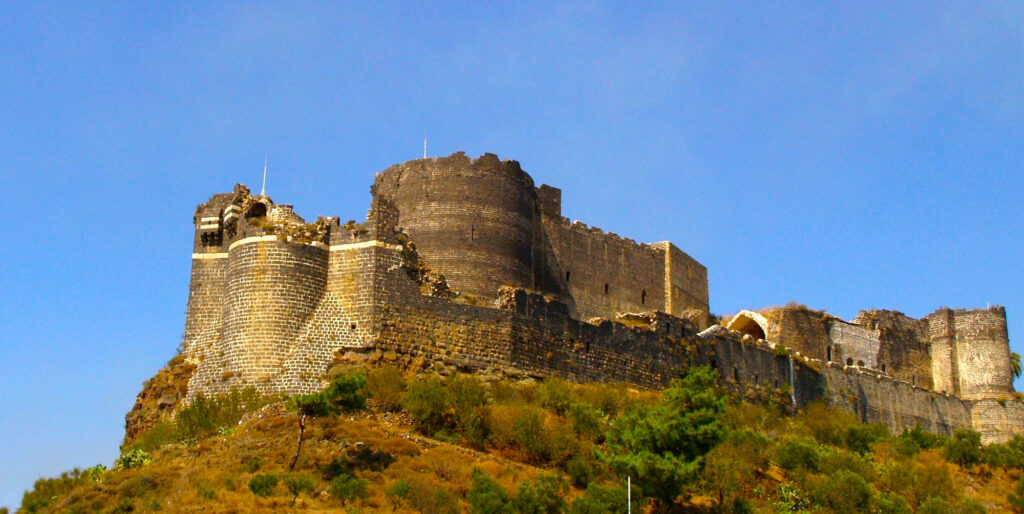
One of the most visually dramatic fortresses in the eastern Mediterranean, Al-Marqab Castle combines military engineering with natural beauty. The basalt stone gives the castle its distinctive black color, which contrasts sharply with the blue sea and green coastal hills. Visitors can walk through thick fortified gates, climb towers, and enter vaulted halls that once housed knights, soldiers, and supplies.
Inside Al-Marqab Castle, travelers find remnants of Crusader planning—arrow slits, rounded towers designed to deflect missiles, cisterns for storing water, and chambers carved into rock. The keep, rising above the rest of the fortress, offers breathtaking views stretching across the Mediterranean coastline. On clear days, you can see as far as Latakia to the north and Tartus to the south, highlighting why Al-Marqab Castle was such an essential strategic site.
The fortress was later expanded under Islamic rule, adding cultural and architectural layers that make the site especially rich for historians and archaeology enthusiasts. Whether you’re interested in medieval warfare, Crusader architecture, or panoramic landscape photography, Al-Marqab Castle delivers a truly immersive experience.
Historical Background: The story of Al-Marqab Castle begins with its early use as a lookout over the coastal corridor. The Crusaders greatly expanded it in the 12th and 13th centuries, transforming the citadel into one of their most formidable strongholds. The Knights Hospitaller controlled Al-Marqab Castle, reinforcing its walls, building multi-layered defenses, and converting the interior into a self-sufficient military base.
After its fall to Islamic forces, the fortress continued to serve as a regional defensive point. Traces of both Crusader and Ayyubid architecture remain visible, especially in the towers and interior halls.
How to Reach


Al-Marqab Castle is located just south of Baniyas and around 30 km north of Tartus. The drive from Tartus takes approximately 40 minutes and is one of the most scenic routes along the Syrian coast. Travelers can reach the site by:
- Private taxi from Tartus, Baniyas, or Latakia
- Rental car for flexibility
- Local tours, which sometimes combine the site with coastal and mountain attractions
Public transportation is limited, so private transport ensures the smoothest trip.
What to Know Before You Go
Wear comfortable shoes, as exploring the fortress involves walking on uneven stone paths and stairs. Bring water and sun protection, especially during warmer months. Some areas may be off-limits for restoration or safety, so follow on-site signs and instructions. It’s best to visit during the day for both visibility and safety. Local guides may be available at the entrance for a small fee.
Nearby Attractions
- Baniyas city and port
- Tartus city and Arwad Island
- Hosn Suleiman (pagan Roman temple in the mountains)
- Amrit (ancient Phoenician site along the coast)
- Mediterranean beaches and countryside drives



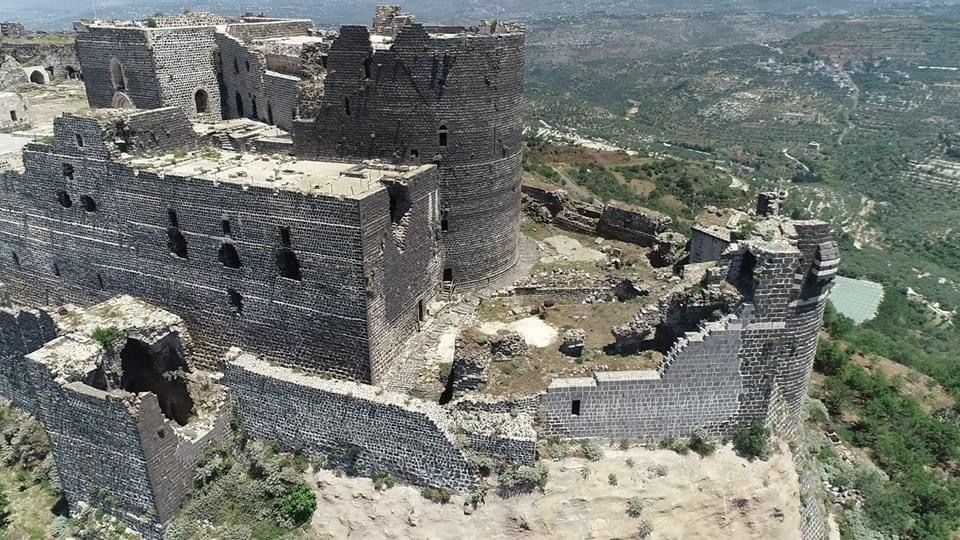
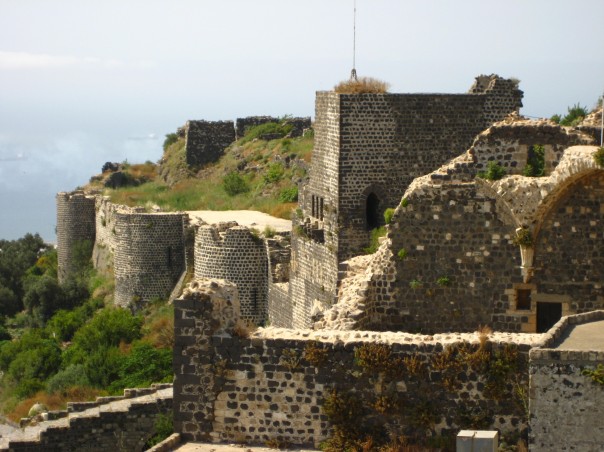
To read more about this topic, click here. To explore further, visit our Facebook Syria Collection for rare images and cultural highlights.
